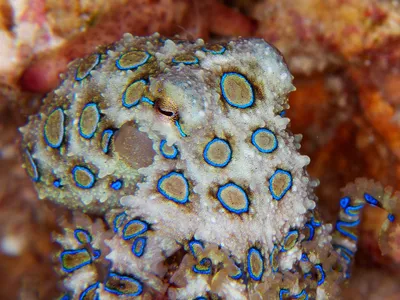poison

poison , in biochemistry, a substance, natural or synthetic , that causes damage to living tissues and has an injurious or fatal effect on the body, whether it is ingested, inhaled, or absorbed or injected through the skin. Although poisons have been the subject of practical lore since ancient times, their systematic study is often considered to have begun during the 16th century, when the German-Swiss physician and alchemist Paracelsus first stressed the chemical nature of poisons. It was Paracelsus who introduced the concept of dose and studied the actions of poisons through experimentation. It was not until the 19th century, however, that the Spaniard Matthieu Orfila , the attending physician to Louis XVIII , correlated the chemistry of a toxin with the biological effects it produces in a poisoned individual. Both concepts continue to be fundamental to an understanding of modern toxicology . Poisoning involves four elements: the poison, the poisoned organism, the inju


